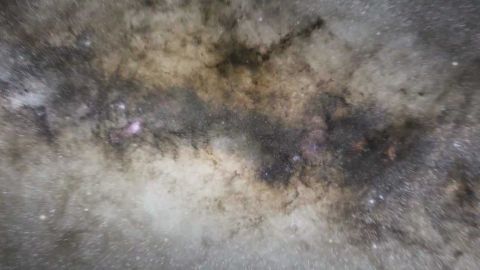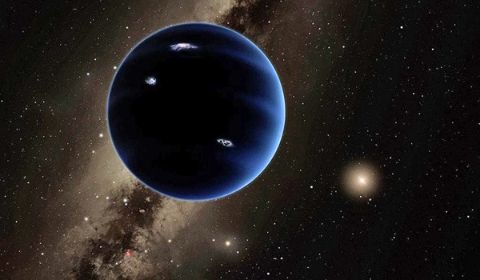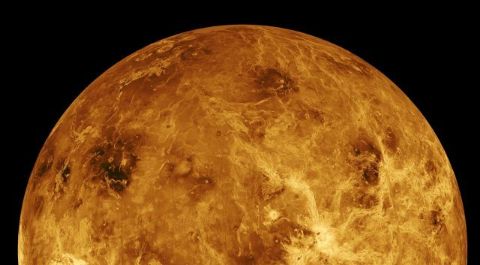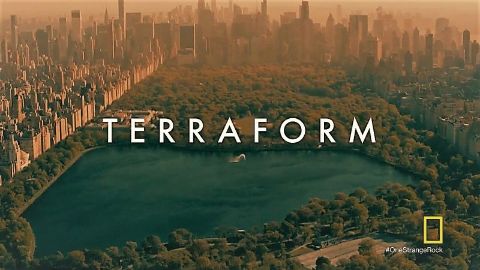You might also like
Our species has discovered a way to communicate through the dark, to transcend immense distances
5/10 • The Sagan Series • 1989 • Astronomy
Today Phil follows up last week’s look at the death of low mass stars with what comes next: a white dwarf. White dwarfs are incredibly hot and dense objects roughly the size of Earth. They also can form planetary nebulae: huge, intricately detailed objects created when the wind blown from the dying stars is lit up by the central white dwarf. They only last a few millennia. The Sun probably won’t form one, but higher mass stars do.
30 • Crash Course Astronomy • 2015 • Astronomy
Astronaut Mike Massimino investigates the possibility of a giant ninth planet at the edge of the solar system; using the latest technology, he reveals the incredible secrets of this mysterious world.
S1E5 • The Planets (US) • 2017 • Astronomy
Jupiter is the biggest planet in our solar system. The gas giant is NOT a failed star, but a really successful planet! It has a dynamic atmosphere with belts and zones, as well as an enormous red spot that’s actually a persistent hurricane. Jupiter is still warm from its formation, and has an interior that’s mostly metallic hydrogen, and it may not even have a core.
16 • Crash Course Astronomy • Astronomy
Astronaut Mike Massimino explores Venus, a hellish planet covered in active volcanoes and dense clouds. Using cutting edge technology, he decodes the secrets beneath this volatile planet and investigates if Earth could be heading towards the same fate.
S1E3 • The Planets (US) • 2017 • Astronomy
For nearly 4 billion years, life has sculpted almost every part of Earth. But how exactly did life turn this once barren rock into a paradise? Astronaut host – Mike Massimino.
7/10 • One Strange Rock • 2018 • Astronomy





